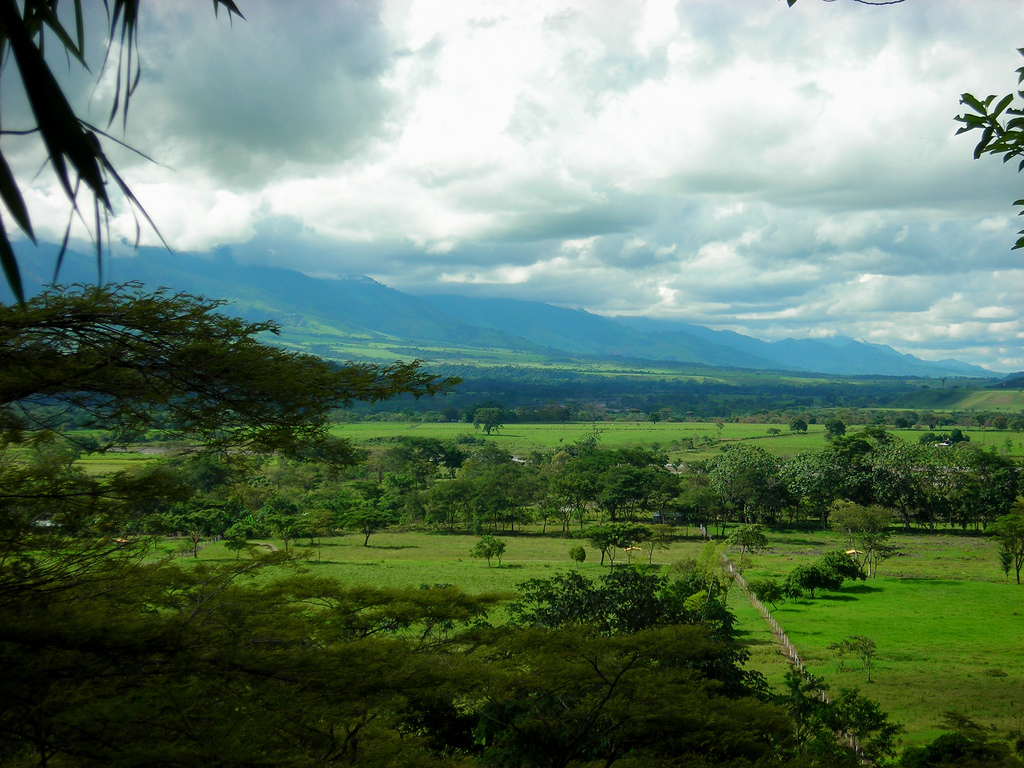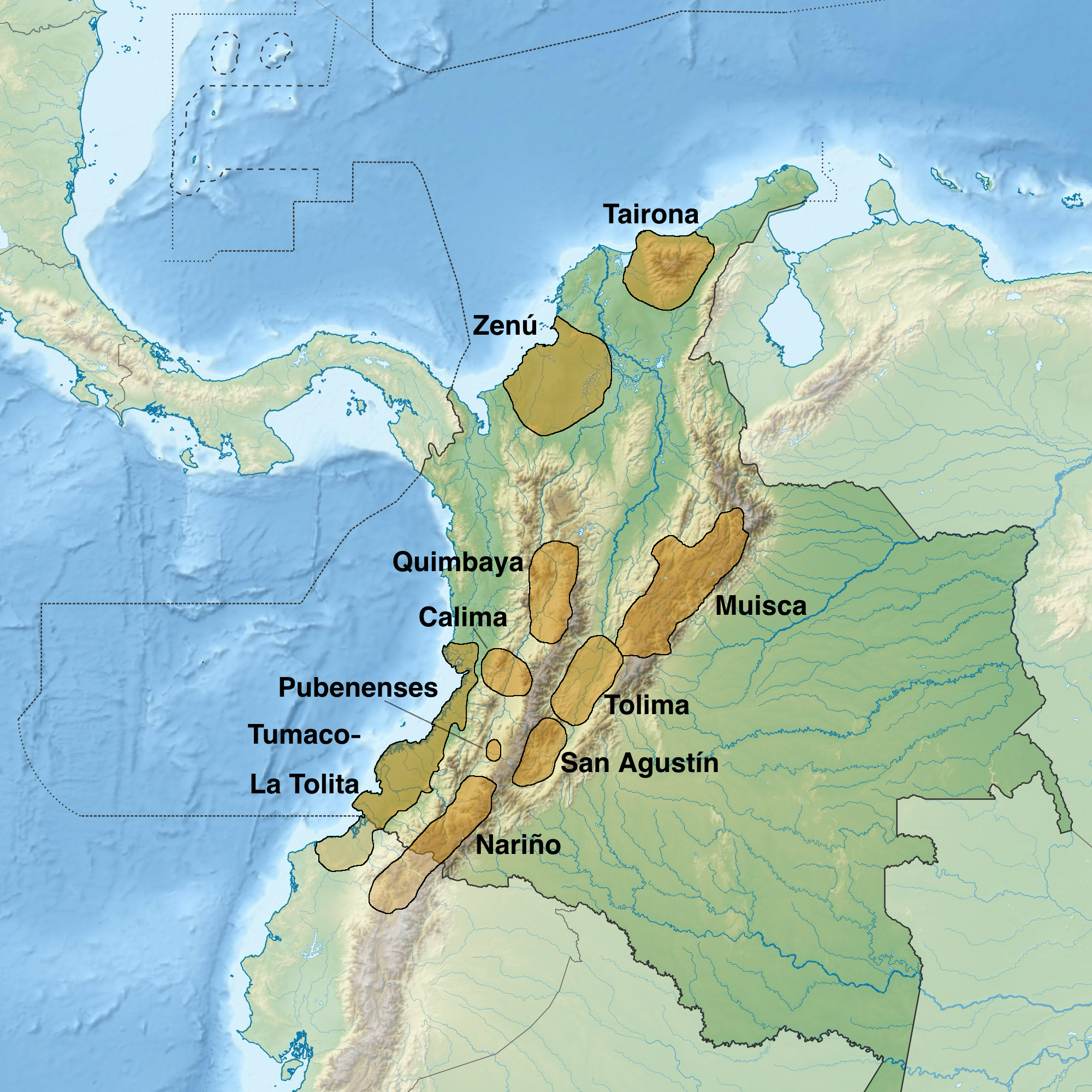|
Bogotá Province
The province of Santafé de Bogotá, also known as the government of Santafé during the Spanish Empire, Spanish imperial era, was originally an administrative and territorial entity of the New Kingdom of Granada. It was created on July 17th, 1550, at which point New Granada was a province within the Viceroyalty of Peru. In 1717, province became part of Viceroyalty of New Granada after King Philip V of Spain issued a real cédula creating the new viceroyalty. During the Spanish American wars of independence (1810–1816), parts of New Granada (including Santafé de Bogotá) declared independence as the Free and Independent State of Cundinamarca. Ideological and political differences between the various Granadian provinces gave rise to the New Granada Civil War, first Colombian civil war. This period is known in Colombia as ''La Patria Boba'' (). At the end of the war, Bogotá was incorporated into the United Provinces of New Granada. After the close of the Colombian War of Indep ... [...More Info...] [...Related Items...] OR: [Wikipedia] [Google] [Baidu] |
Bogotá
Bogotá (, also , , ), officially Bogotá, Distrito Capital, abbreviated Bogotá, D.C., and formerly known as Santa Fe de Bogotá (; ) during the Spanish Imperial period and between 1991 and 2000, is the capital city, capital and largest city of Colombia, and one of the List of largest cities, largest cities in the world. The city is administered as the Capital District, as well as the capital of, though not politically part of, the surrounding department of Cundinamarca Department, Cundinamarca. Bogotá is a territorial entity of the first order, with the same administrative status as the departments of Colombia. It is the main political, economic, administrative, industrial, cultural, aeronautical, technological, scientific, medical and educational center of the country and northern South America. Bogotá was founded as the capital of the New Kingdom of Granada on 6 August 1538 by Spanish conquistador Gonzalo Jiménez de Quesada after a harsh Spanish conquest of the Muisca, e ... [...More Info...] [...Related Items...] OR: [Wikipedia] [Google] [Baidu] |
La Patria Boba
The First Republic of New Granada, known derogatorily as the Foolish Fatherland (), is the period in the history of Colombia immediately following the declaration of independence from Spain in 1810 as the first South American independent nation to break away from Spanish rule until the Spanish reconquest in 1816. The period between 1810 and 1816 in the Viceroyalty of New Granada (which included present-day Colombia) was marked by such intense conflicts over the nature of the new government or governments that it became known as ''la Patria Boba'' (the Foolish Fatherland). Constant fighting between federalists and centralists gave rise to a prolonged period of instability that eventually favored Spanish reconquest. Similar developments can be seen at the same time in the United Provinces of the Río de la Plata. Each province, and even some cities, set up its own autonomous junta, which declared themselves sovereign from each other. Establishment of juntas, 1810 With the ar ... [...More Info...] [...Related Items...] OR: [Wikipedia] [Google] [Baidu] |
Panches
The Panche or Tolima are an indigenous peoples of Colombia, indigenous group of people that lived in what is now Colombia. They inhabited the southwestern parts of the Departments of Colombia, department of Cundinamarca Department, Cundinamarca and the northeastern areas of the department of Tolima Department, Tolima, close to the Magdalena River. At the time of the Spanish conquest of the Muisca, Spanish conquest, more than 30,000 Panche were living in what would become the New Kingdom of Granada. Early knowledge about the Panche has been compiled by List of Muisca scholars, scholar Pedro Simón. Panche territory The Panche were inhabiting the lower altitude southwestern areas of the Cundinamarca department, close to the Magdalena River. Their northern neighbours were the Muzo people, Muzo in the northeast and the Pantágora people, Pantágora in the northwest, in the east the Muisca people, Muisca, in the southeast the Sutagao people, Sutagao and to the south and southwest ... [...More Info...] [...Related Items...] OR: [Wikipedia] [Google] [Baidu] |


